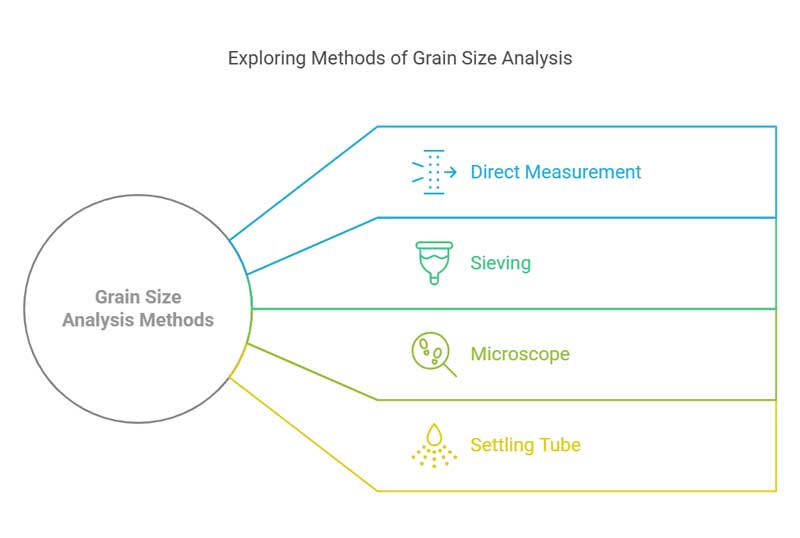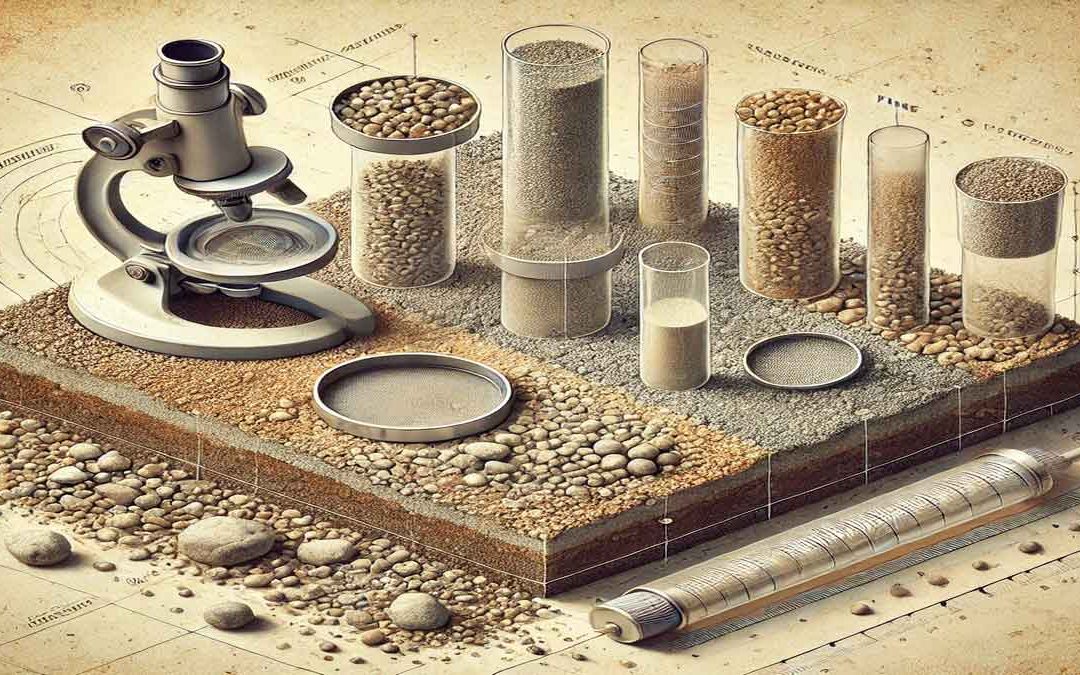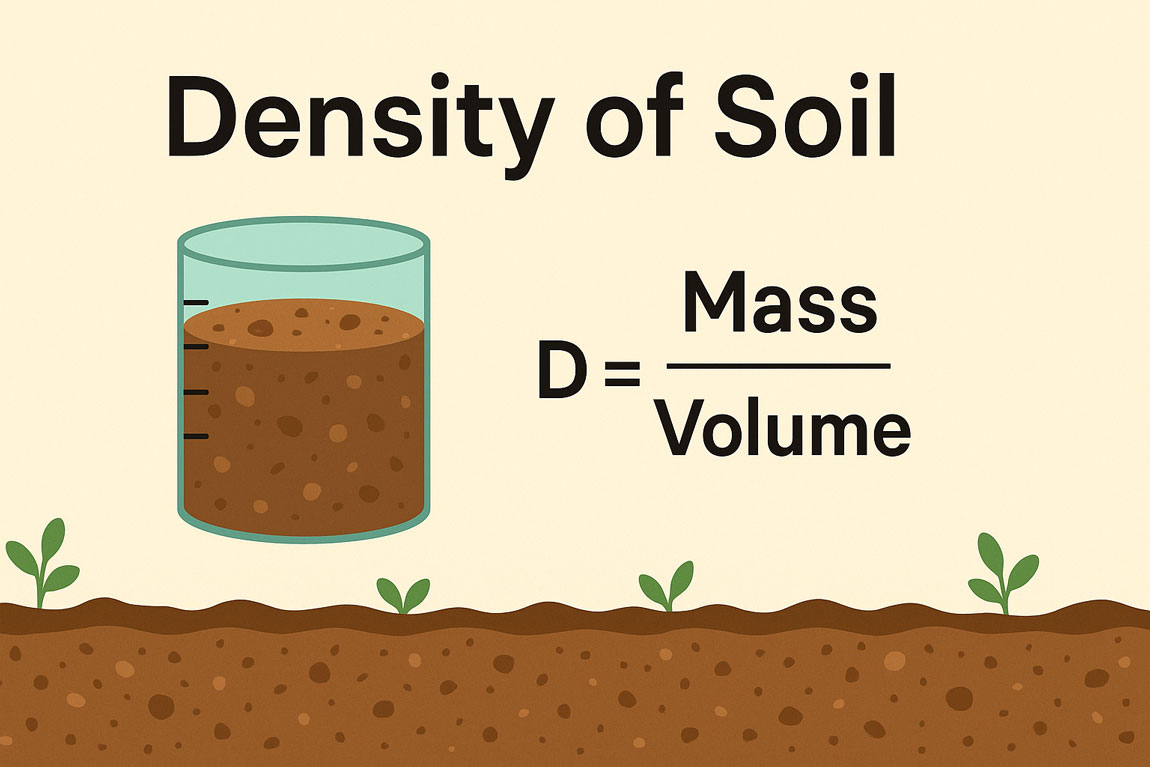Grain size classifies sedimentary particles from coarse gravel to fine clay using scales like Udden’s and Atterberg’s. Analysis methods include direct measurement, sieving, microscopy, and settling tubes, based on particle size. Understanding grain size helps in studying sediment transport, deposition, and texture in geology.
Grain size:
To measure the grain size, we need a size or grade scale. a sedimentary particle varies in size from infinity large to infinity small. therefore, it is necessary to divide the particle size range into a series of classes. such an arbitrary division of continuous ranges of size into classes or grades. the first geometric grade scale was introduced by Udden (1998). he takes 1mm as the starting point (ratio 1⁄2) and proposes 12 grade, which are
16,8,4,2,1,2,4, 1/8, 1/16, 1/32, 1/64, 1/128, 1/256 mm ( geometric grade scale)
Another advanced grade scale proposed by German scientist Atterberg (11905),
0.01 0.1 1 10 100, starting point 2 mm, ratio 10.
In clastic sediments:
Coarse (macro-crystalline) > 5 mm – gravel.
Medium (meso-crystalline) > 5-1 mm – sand.
Fine (micro-crystalline) <1 mm – clay.
Grains may be uniform ( equi-granular) or uneven ( inequi-granular).
Method of grain size:
There are four different methods for grain size analysis.
Method of grain size analysis:
- Direct measurement of large particles. (>4mm)
- By sieving. (4mm-0.062 mm)
- By microscope (<0.062 mm)
- By settling tube. (<0.062 nm)

The first three methods of grain size analysis are grain distribution according to the diameter of the grains, whereas the fourth one is based on the settling velocity of the particles.
According to Stoke’s law, which states in its simple form, the settling velocity of the particles varies as the square of the particle diameter.
Direct measurement is possible when the grain is larger than 4mm (4mm = -2φ). sieving is applicable only to the sand-sized materials 4mm (-2φ) to 0.062 (4φ). settling tubes are used for the finer materials less than 0.062 (4φ).






